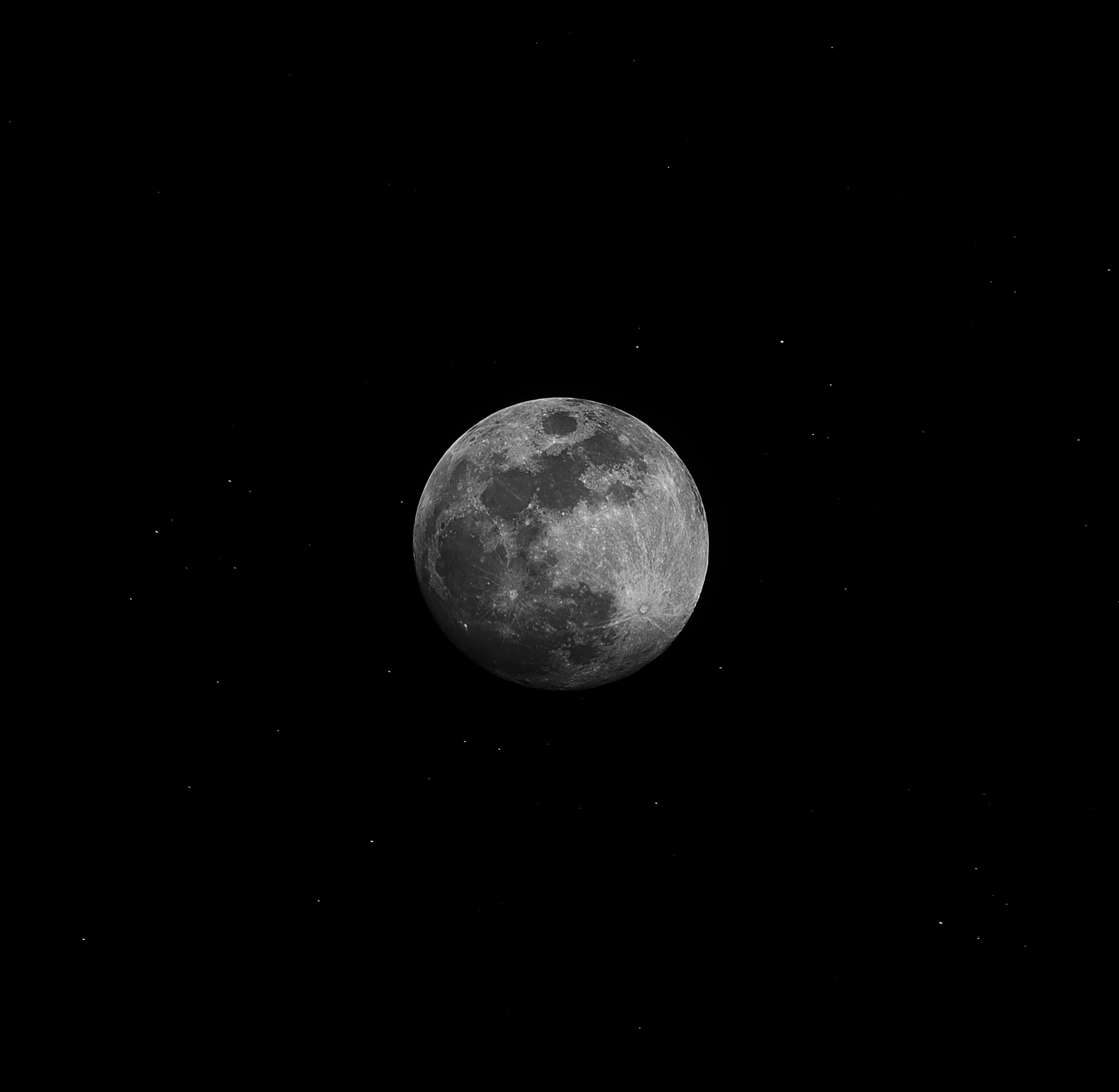Are We in the Elizabethan Era Now?
The Elizabethan Era, named after Queen Elizabeth I of England, is often romanticized and regarded as a golden age for literature, theatre, and exploration. This period, which lasted from 1558 to 1603, is known for its iconic playwrights like William Shakespeare and Christopher Marlowe, as well as its significant advancements in science and navigation. However, is it possible that we are currently living in a modern-day version of the Elizabethan Era? In this blog post, we will explore the similarities between the two periods and examine whether or not we can truly draw parallels between them.
1. Art and Literature Flourishing
One of the defining characteristics of the Elizabethan Era was the flourishing of art and literature. The works of Shakespeare and his contemporaries continue to be celebrated and performed today, demonstrating the enduring impact of the era. Similarly, in our modern world, we see a vibrant and thriving art scene. From novels to movies, music to visual arts, there is an abundance of creative expression across various mediums. Just as the Elizabethan Era was known for its innovative and groundbreaking plays, we witness groundbreaking developments in storytelling and artistic expression in our time.
Furthermore, the popularity and accessibility of the internet in the 21st century have given rise to a new form of art and literature. Blogs, websites, and social media platforms provide a platform for individuals to share their creative works with a global audience. This democratization of art mirrors the democratic nature of the Elizabethan Era, where patrons supported and encouraged artists from all walks of life.
2. Political and Social Turmoil
Another parallel between the Elizabethan Era and today is the presence of political and social turmoil. During Elizabethan times, England was grappling with religious conflicts, with tensions between Protestants and Catholics often reaching a boiling point. Today, we also find ourselves navigating through tumultuous times, with political division, social inequality, and cultural clashes at the forefront of public consciousness.
Additionally, just as the Elizabethan Era was marked by exploration and discovery, our era is characterized by rapid globalization and technological advancements. The world has become smaller, and boundaries have diminished, yet this brings its own set of challenges. The competing interests of nations, differing political ideologies, and the race to harness new technologies create a sense of uncertainty and complexity, much like the atmosphere in Elizabethan England.
3. Scientific Advancements
The Elizabethan Era was a time of great scientific progress. The era saw significant developments in areas such as astronomy, mathematics, and navigation. Pioneers like Galileo Galilei and Francis Drake made groundbreaking discoveries that shaped our understanding of the world. Similarly, our modern age is experiencing a technological revolution that is transforming every aspect of our lives.
From space exploration to genetic engineering, advancements in science and technology are reshaping our world at an unprecedented pace. The digital age has brought forth advancements such as artificial intelligence, renewable energy, and the internet of things. These developments mirror the spirit of innovation and discovery that characterized the Elizabethan Era.
4. Global Trade and Cultural Exchange
The Elizabethan Era was a time of flourishing global trade and cultural exchange. England was establishing trade routes with distant lands, and the cultural melting pot of London exposed its residents to a rich tapestry of influences from around the world. Queen Elizabeth I herself fostered diplomatic relationships with other nations, fostering an environment of international cooperation.
In our current era, globalization has connected people from different parts of the world like never before. We live in an age of interconnectedness, with goods, services, and ideas flowing across borders. The ability to communicate and traverse the globe with ease has opened up new possibilities for cultural exchange, leading to a diverse and multicultural society that mirrors the cosmopolitanism of the Elizabethan Era.
Conclusion
While it is tempting to draw parallels between our era and the Elizabethan Era, it is important to recognize that every historical period is unique and shaped by its own set of circumstances. However, we can certainly find similarities between the two periods in terms of flourishing art and literature, political and social turmoil, scientific advancements, and global trade and cultural exchange. These commonalities highlight the cyclical nature of history, as certain patterns and themes reemerge in different time periods.
Ultimately, whether we are truly living in a modern-day Elizabethan Era is subjective and open to interpretation. However, by examining the similarities and differences between our time and the past, we can gain a deeper understanding of our current world and the forces that shape it.
Table of Contents
